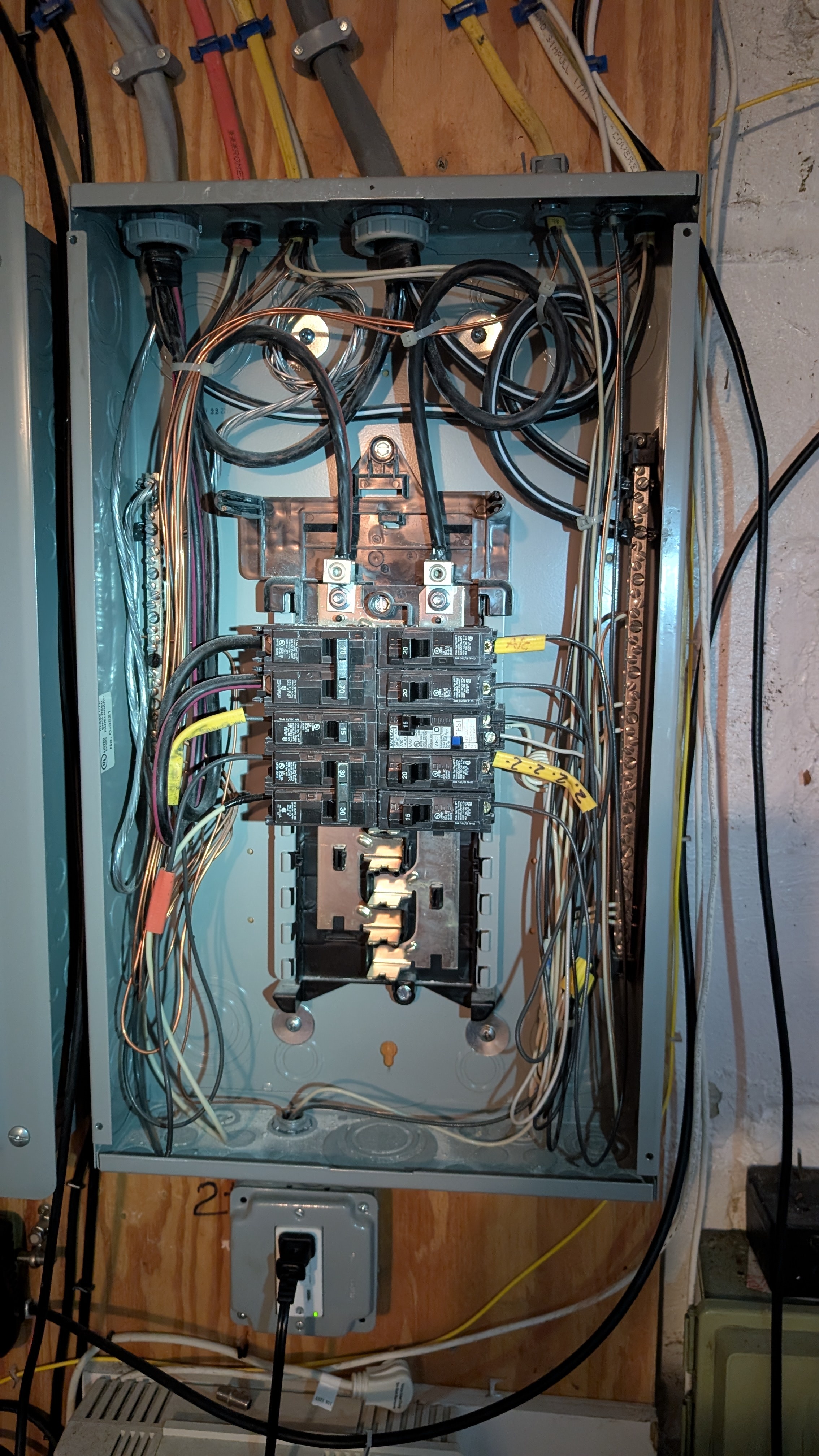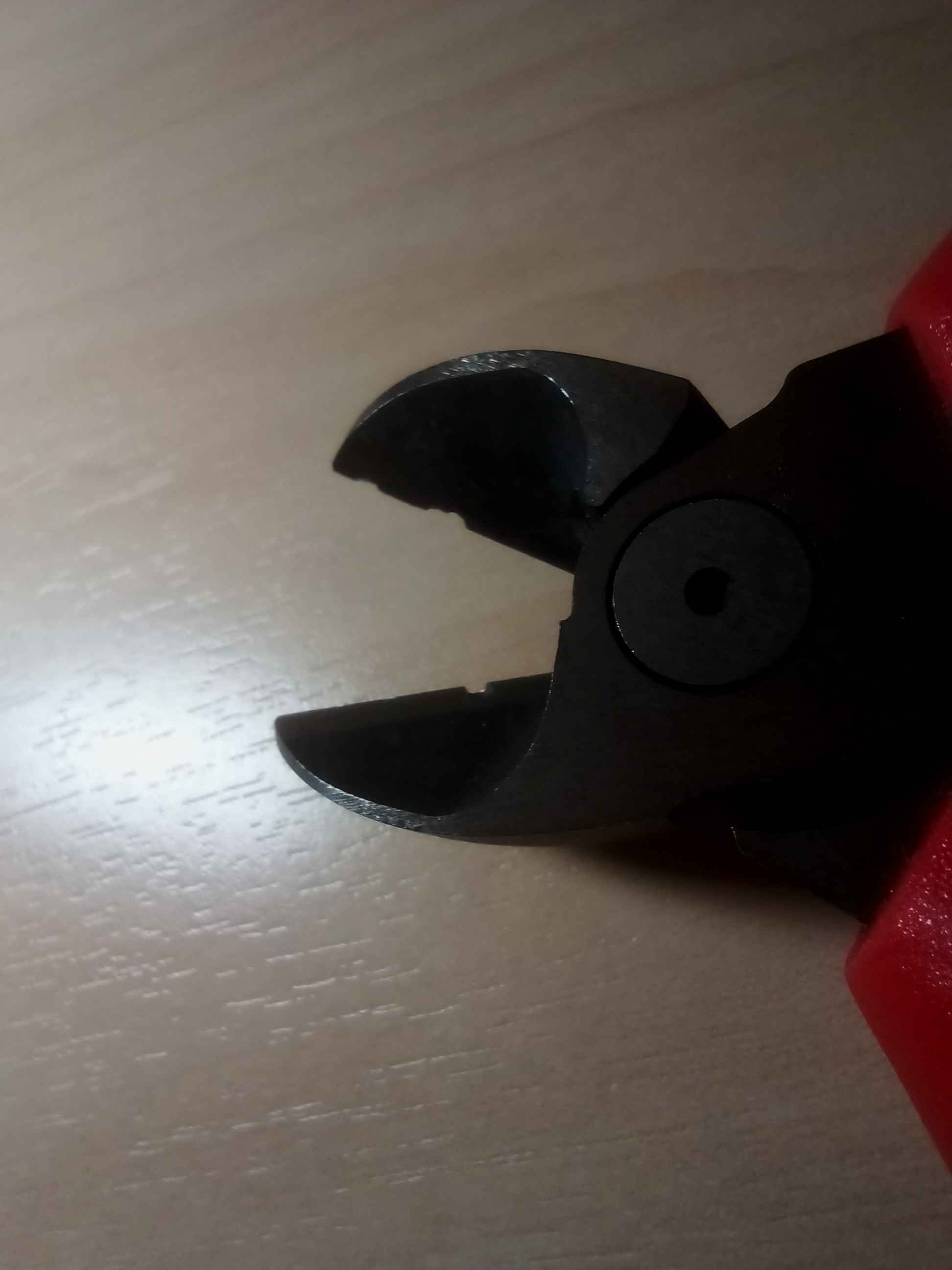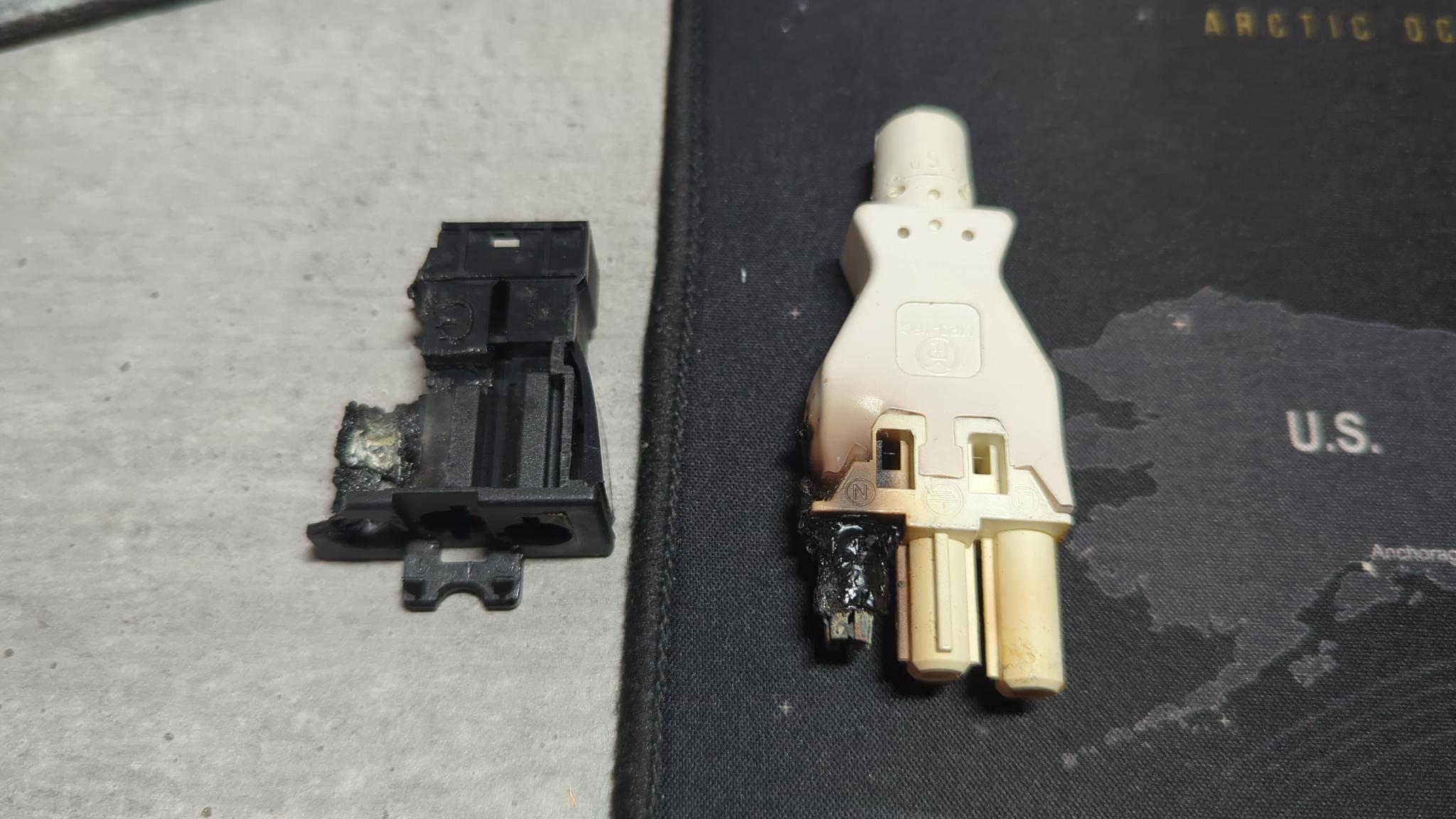1
2
3
4
5
6
7
8
9
1
208V or 240V Three Phase for Residential Home? Any big pitfalls other than price?
(lemmy.dbzer0.com)
10
11
12
13
14
15
16
17
18
19
21
22
23
24
25
view more: next ›
















